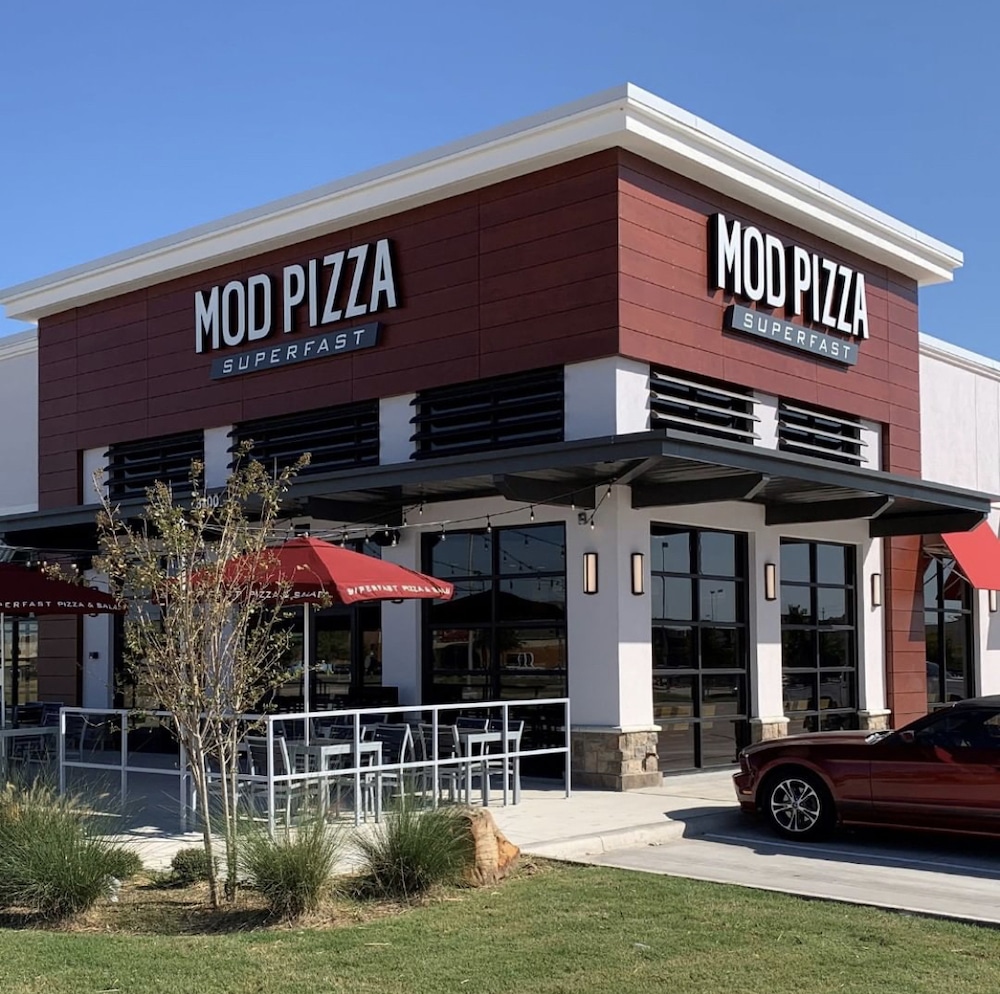 You have a brand. You have a design and image. Now you need to simply pick the best advertising outlets to increase sales, hit the target audience, stay on budget and show measurable results. If you’re working on your own, you may be looking at a project that has more layers than you expected.
You have a brand. You have a design and image. Now you need to simply pick the best advertising outlets to increase sales, hit the target audience, stay on budget and show measurable results. If you’re working on your own, you may be looking at a project that has more layers than you expected.
To plan and implement a successful media buy, you should know a few things in order to make you just dangerous enough to keep advertising representatives on their toes, while helping you get the most bang for your buck.
Buying Smart
First of all, clearly define your objectives. Why are you advertising in the fi rst place? Are you opening a new location, promoting a special offer or trying to build brand awareness? Is your objective more specific, such as driving traffic for in-store dining, increasing phone orders or promoting website visits/orders? The type of media outlet you select will contribute to your call to action—which is why the intended outcome should be defined up front. Do you want an action from your customer (order online) or do you want them to recognize your name (brand awareness)?
Define your target: who, where and when? What is the radius from your location(s) that you can expect orders and dine-ins? What are your business’ demographics, and do they differ from lunch to dinner? What are the psychographics (behaviors) of your ideal target? Do they like to watch football on weekends? Are they soccer moms or late-night hungry college kids? If you don’t know their pizza buying behaviors, you may want to start asking a few questions as people place their orders. Issue a short survey to your best customers as part of a contest to win a gift card for your pizzeria. This information will help you create a targeted and measurable approach.
Create the plan. Now that you have your objectives and target market determined, it’s time to identify strategies (or media outlets) to best achieve those goals. Usually, a combination of mass media (billboard, radio, TV) and targeted tactics (community newspaper, direct mail, Web banner ads) will assist you in expanding your reach.
For example, a billboard campaign in your geographic target area combined with a bounce-back coupon given to your lunch customers for a dinner offer will create awareness and a measurable element (number of returned coupons). Or, if you have multiple locations, radio spots or other ads targeted to your audience could be combined with a mobile billboard driving around areas in close proximity to specific locations.
Picking Media Partners
Television is arguably still the most powerful medium—despite the changing viewing habits of consumers (and many viewers are enjoying pizza during a game or movie). Television could be a fit for you if you already have a great TV spot. Solicit plans from several stations—specifically ask for reach and frequency numbers to guarantee all of their ratings. A guarantee (based on Nielsen ratings) will ensure that you receive what you’re paying for in value. Cable is another option when seeking a way to microtarget a smaller audience (watching an Italian food show, for example).
Radio frequency: Radio is a high-frequency medium and will work best for restaurants with multiple locations. Radio station reps will propose schedules based on Arbitron ratings. Compare radio proposals on an “apples to apples” basis by specifying demographics, ratings books and dayparts (times of days, such as Monday through Friday at 3 p.m. to 7 p.m.) you are seeking. When planning a radio buy, you will want several stations (with similar demographics) to compete for your business utilizing the same ratings sources and daypart mixes. The reps are all very good at making their stations look like the No. 1 offering in the market, so be certain that you compare the proposals.
Billboards as brand builders: Billboards are awesome brand builders and can be effective for driving traffic if there are quality billboard locations close to your stores. Ask for daily circulation numbers; companies are audited and have this information for comparison among each other. Remember that audits are not always done frequently and don’t account for key subjective factors such as obstructions (for example, if there is a leafless tree in front of a billboard in December, imagine what it will look like in July in full bloom), speed of traffic, number of other billboards, etc. Ask a billboard sales rep or a co-worker to see the location live, just as your customers would.
Moving billboards—busboards! If billboards in your area do not meet your needs, consider bus advertising. Bus tails are preferred because they are easier for other drivers to see. However, in high-traffic pedestrian areas, bus sides might be better for your ad. Select your routes, when possible, and ask how many buses you need to reach various percentages of the market. A No. 25 showing means you are theoretically reaching 25% of the market.
Newspapers: Newspaper readership is sinking across the country, especially among younger people, who favor electronic versions of media for immediate information. However, newspapers can still be effective in the right situation. Consider a different approach, such as a sticky note on the front page, or take advantage of no postage costs by doing an insert in specific neighborhoods. You don’t necessarily have to do a standard ad. Be creative—look at their online ad inventory, community partnership or events.
Online and Web: With the rapid speed of new online and Web offerings, this is a moving target for media planners. Our clients have seen great results leveraging special offers to Facebook fans and providing Twitter-only deals. By building a fan base and rewarding loyalty through an online conversation, you can effectively use social media to reach your core audience. Additionally, mobile texting can be great for last-second offers and loyalty programs (popular among younger consumers). Like any media choice, ask for the numbers to back up the proposals, and inquire about how partners best measure online and social media efforts.
Measurement
Among experienced media buyers and planners, the best method for comparing and measuring different media against each other (i.e., TV vs. radio) is by leveraging a twofold approach. First, find out the cost per thousand (CPM)—this is literally the cost to make 1,000 impressions. Next, give it a subjective analysis: Those 1,000 impressions generated opportunities to be seen or heard; they did not guarantee that you created recall with your target. There is a possibility that the messaging, timing, target or other factors were simply not relevant or lost in the clutter.
In all cases, ask the media sales rep to provide a strong rationale for his proposals, and use your own experience and common sense to develop your measurement program. Ask reps at the different media outlets to include ideas for measurement within initial proposals. Do not sign a proposal until you are satisfied with the tools for measurement.
Of course, sales are the easiest way for you to measure a specific ad buy; however, you need to involve your staff in the process. Give staff members the times, days or locations where and when ads run, and track the number of orders around the advertising. Ask for customer ZIP codes when an order is placed. Ask how they heard about your location or special offer. Compare sales during times when an ad buy is in place vs. times without an ad buy. Look at website numbers, quantity of incoming calls, busiest time slots for orders and busiest days. Track it all. Reward staff for their involvement, as tracking may be awkward to them at first.
Test, learn and optimize—but don’t look at numbers alone. How did your customers react to ads and the ad placement? How did your competitors react? You know pizza and you know your target market; you will know when you hit a sweet spot with your ad buy. Or give a media planner-buyer a call to share in the planning and measurement process.














